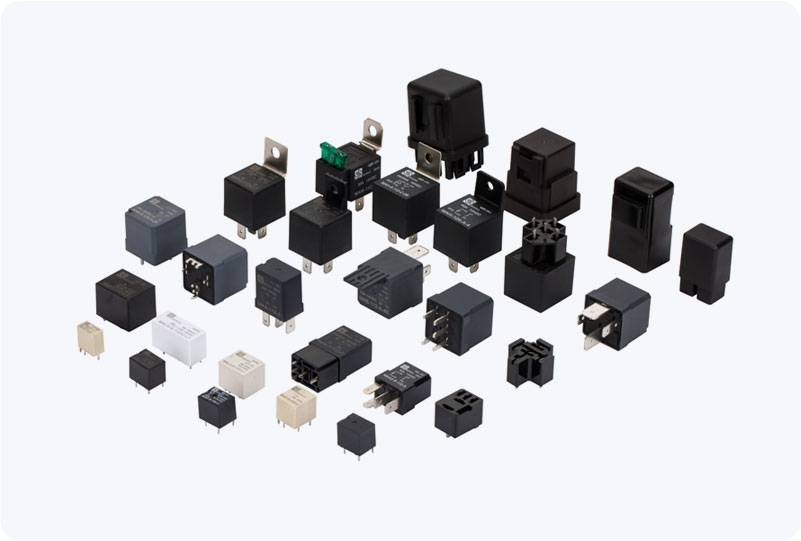understanding the role and function of motor starter relay in electrical systems
Release time:2025-11-09 07:28:54
A Motor Starter Relay is a critical component in various electrical systems, specifically designed to control and protect electric motors. It serves as a switching device that enables the safe and efficient operation of motors, ensuring they start smoothly and operate within their safe parameters. Understanding how motor starter relays function is crucial for both engineers and technicians working in industries where electric motors play a vital role, such as manufacturing, HVAC systems, and automotive applications.

The Core Function of a Motor Starter Relay
The primary purpose of a motor starter relay is to act as an intermediary between the electrical circuit and the motor. It helps in starting the motor safely, prevents overloading, and in some cases, provides additional protective functions. When the motor needs to start, the relay is energized, allowing current to flow to the motor. Upon successful activation, the relay disengages after the motor reaches its operational speed, depending on the design.
Motor starter relays are generally found in both small appliances and industrial machinery, as they are vital to the safe and efficient operation of electric motors, which are prone to wear and overheating if not properly managed. In essence, the relay ensures that the motor starts correctly, operates within the limits, and avoids damage due to electrical faults.

